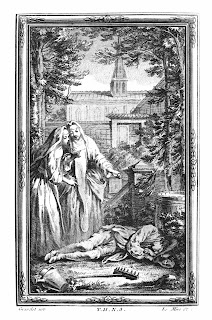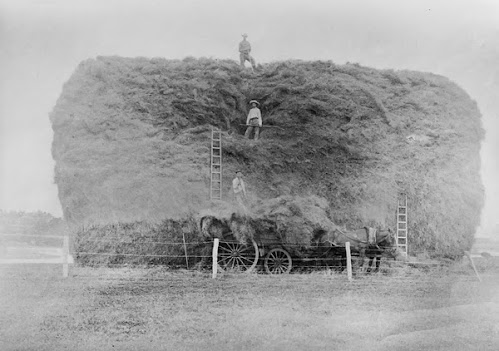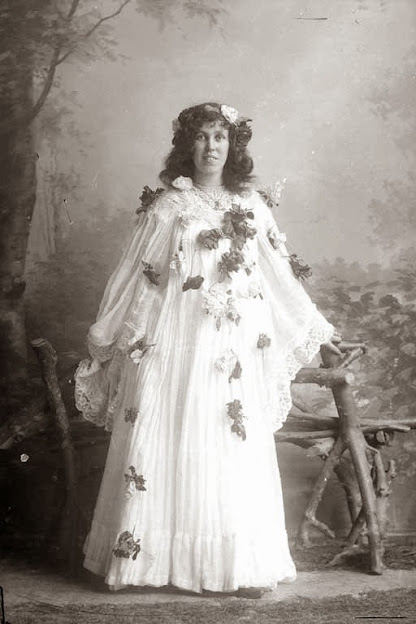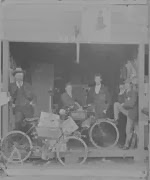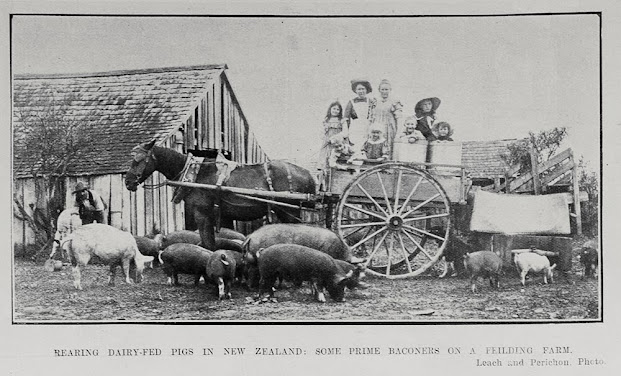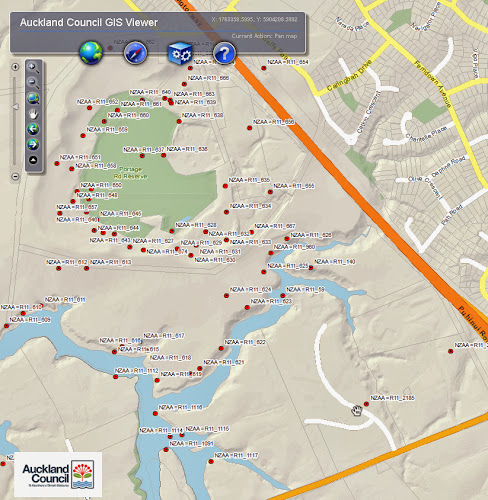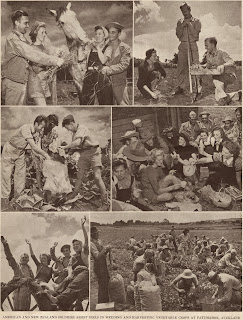Hydrographic heritage

During the Auckland Tall Ships Festival earlier this year the Auckland Libraries heritage and research collections organised a popular display which included letters, maps, magazine covers and photographs. Of particular interest to many visitors were the hydrographic charts. These charts are fascinating examples of early mapping and are wonderfully detailed, with volcanic cones sometimes looking like puffs of smoke. They are accessible via the Heritage Images database and copies of the charts are available to be purchased from Sir George Grey Special Collections . Ref: NZ Map 3908a, Auckland Harbour, 1848-1855, Sir George Grey Special Collections Ref: NZ Map 2560, Kaipara Harbour, 1852, Sir George Grey Special Collections In 1848, C aptain John Lort Stokes commanded the paddle-steamer Acheron, and began the first official hydrographic survey of the New Zealand coastline. Starting on Auckland's North Shore,...

